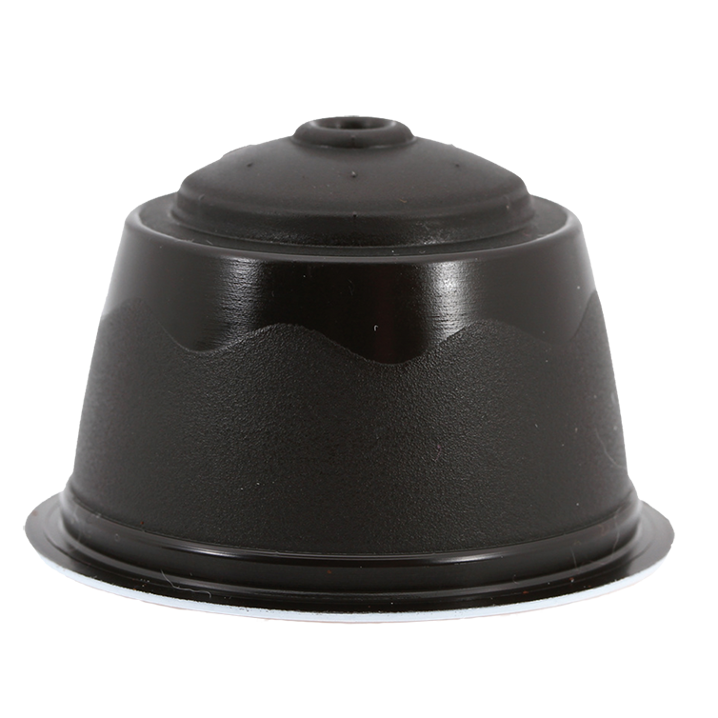05.03.2019 News
Construction unspecific Energy technologies
Building the sustainable way
The Zuse Research Association develops climate-friendly and comfortable technologies – from the basement to the roof.
05.03.2019 News
Construction unspecific Energy technologies
The Zuse Research Association develops climate-friendly and comfortable technologies – from the basement to the roof.
01.03.2019 News
unspecific unspecific unspecific
German companies comply with their sustainability reporting obligations, a current ranking shows. The top six were awarded in Berlin.
26.02.2019 Success story
Chemistry Waste Agriculture sciences
A German-Brazilian research association has succeeded in producing fertilizers and biopolymers from residual materials from sugar cane processing.
11.03.2019 News
Agriculture and forestry Plants Biodiversity
For the first time, German biodiversity researchers were able to use a statistical model to calculate the diversity of tree species in different regions of the world and produce a complete world map.
01.03.2019 Studies and statistics
Food unspecific Biodiversity
On 22 February 2019, the Food and Agriculture Organization (FAO) published the first report on the State of the World’s Biodiversity for Food and Agriculture.

08.03.2019 Product
Food Plants
Coffee is the favorite drink in Germany. According to the German Coffee Association, 86% of all adults in Germany drink it every day or at least several times a week.
13.03.2019 News
Agriculture and forestry Plants Agriculture sciences
Biodiversity researchers sound a warning: Global biodiversity is being destroyed by rapid economic and population growth, which is undermining progress.
07.03.2019 News
Food unspecific Agriculture sciences
The "Food Accelerator Network" is looking for new ideas that can have the greatest impact on the agricultural and food industries.
15.03.2019 News
Food Animals Nutritional sciences
Chemists from the Max Planck Institute for Polymer Research have analysed the traditional preparation of marine animals and developed a faster alternative.
19.03.2019 News
Food unspecific Biotechnology/Systems biology
The partnership for natural-based sweetening solutions around Zwingenberger Brain AG has a new partner: In March, a European beverage company joined the DOLCE team.
20.03.2019 News
Agriculture and forestry Plants Plant breeding research
With the parentage of the valuable spice plant saffron uncovered, botanists will be able to optimize the breeding of the valuable spice plant saffron.
21.03.2019 News
unspecific Microorganisms unspecific
Researchers at Leipzig University Library want to use microbes to learn more about late medieval writings.

18.03.2019 Interview
Agriculture and forestry Plants Agriculture sciences
Friederike Kögler has developed a method with which plants learn to survive with less water.
26.03.2019 News
Automobile Plants Chemistry
Researchers from Saarbrücken have developed a car paint that repairs small scratches in an instant: The coating consists of corn starch and reacts to heat.
27.03.2019 News
unspecific Microorganisms Biodiversity
Researchers at the Max Planck Institute for Marine Microbiology in Bremen have for the first time discovered microorganisms that need the toxic gas to grow.
28.03.2019 News
Food unspecific unspecific
Products with sustainability seals make consumers feel good. But ultimately it is the price that determines the purchase decision, as Göttingen-based agricultural economists show.
02.04.2019 News
unspecific unspecific Environmental technology
In the "rECOmine" project, researchers are developing concepts to recover recyclables and eliminate pollutants.

Researcher Profile
unspecific Animals unspecific
Munich neurobionics expert Harald Luksch is investigating the sense of orientation in animals and using this knowledge to develop algorithms for robotics.
05.04.2019 News
unspecific Fungi Biotechnology/Systems biology
Bioprocess engineers at TU Dresden have affixed fungal enzymes to metal globules, making problematic chemicals in sewage treatment plants biodegradable.
03.04.2019 Success story
Chemistry Microorganisms Chemistry
A research consortium has successfully developed enzymes that allow better dyeing of synthetic fibers and prevent pilling during washing.